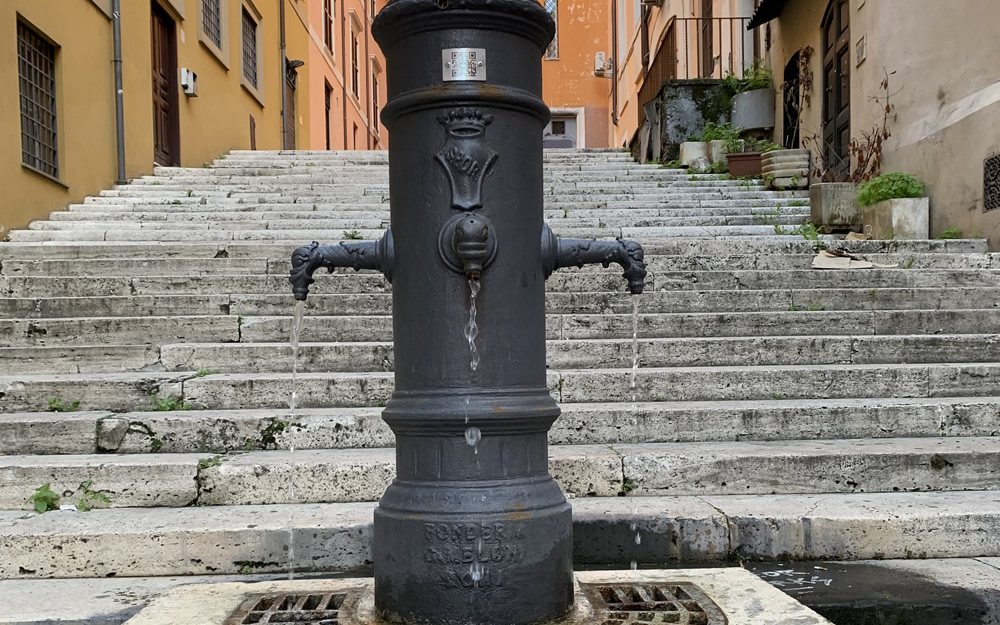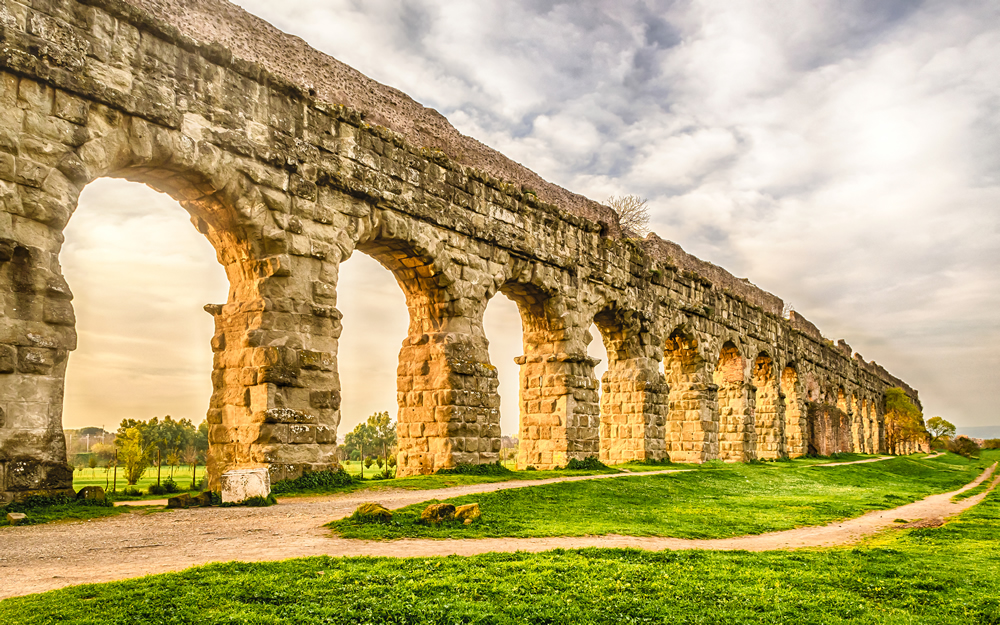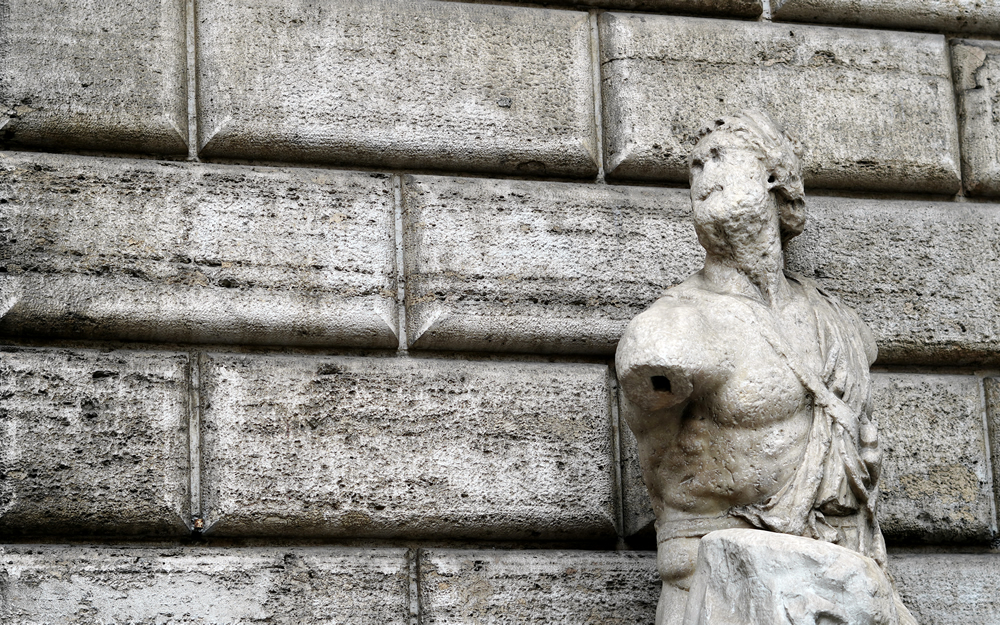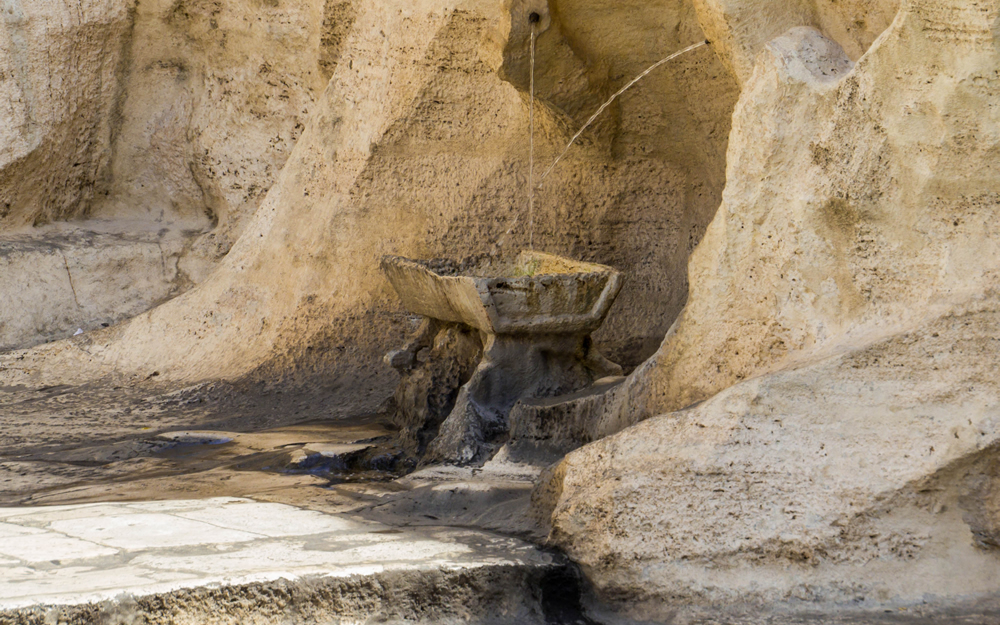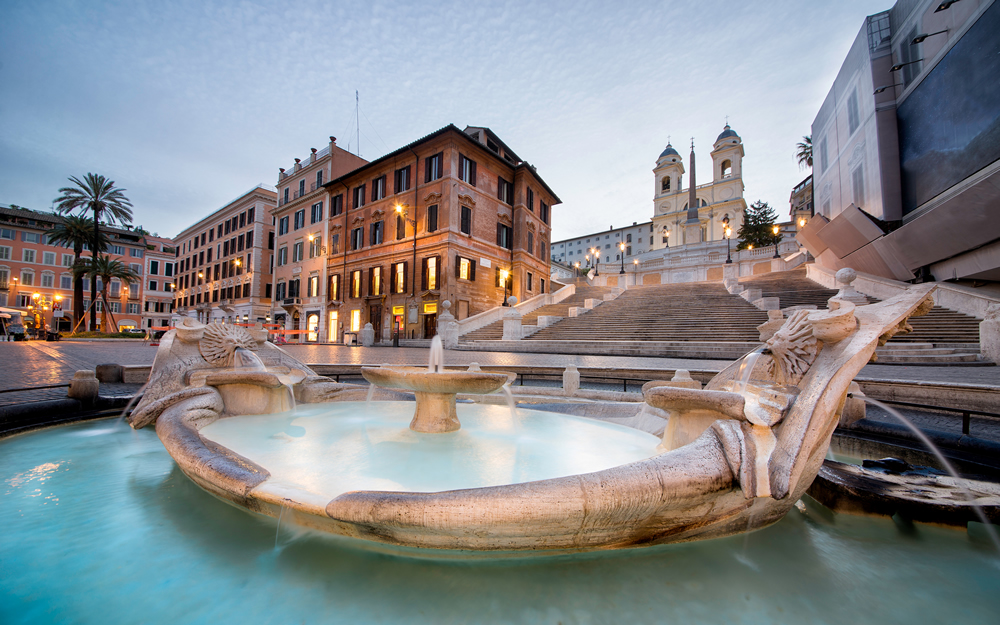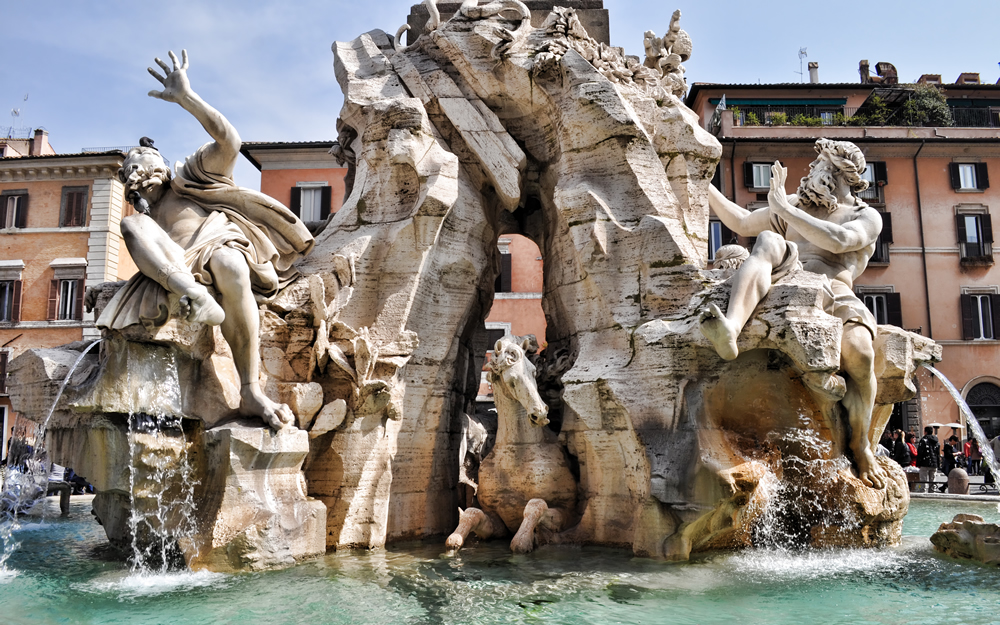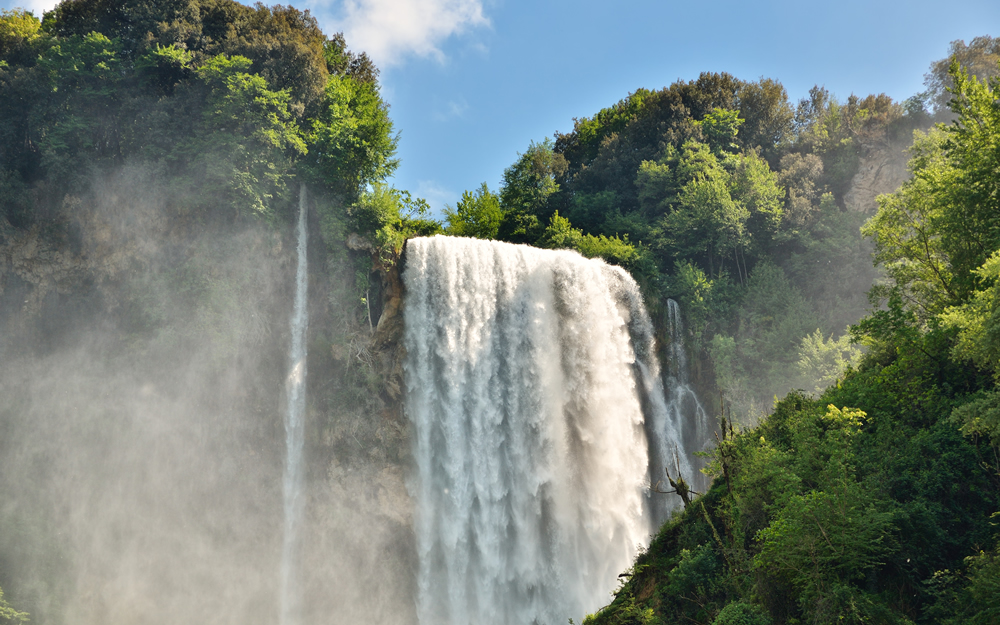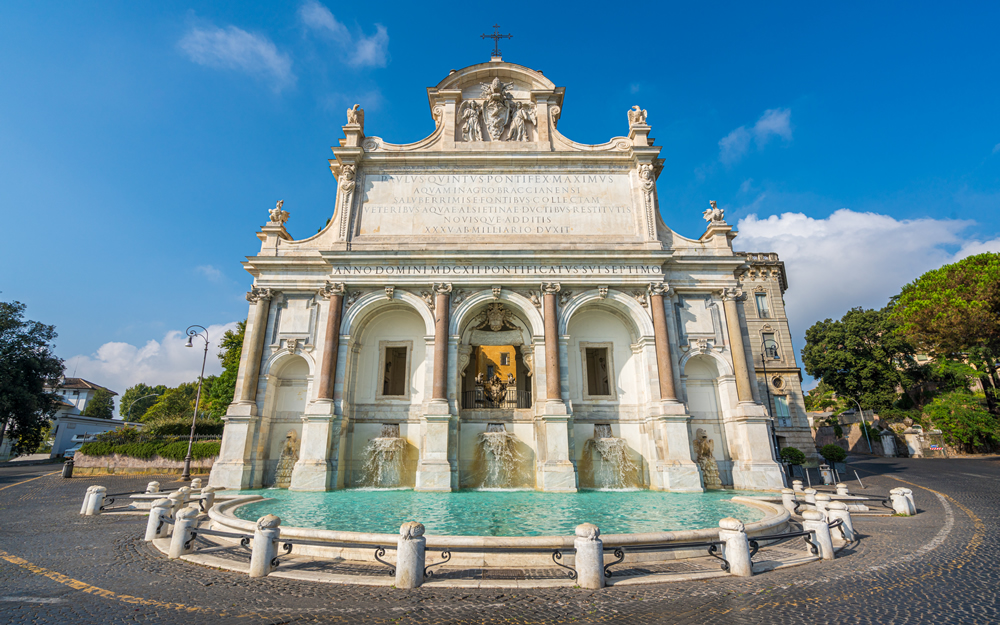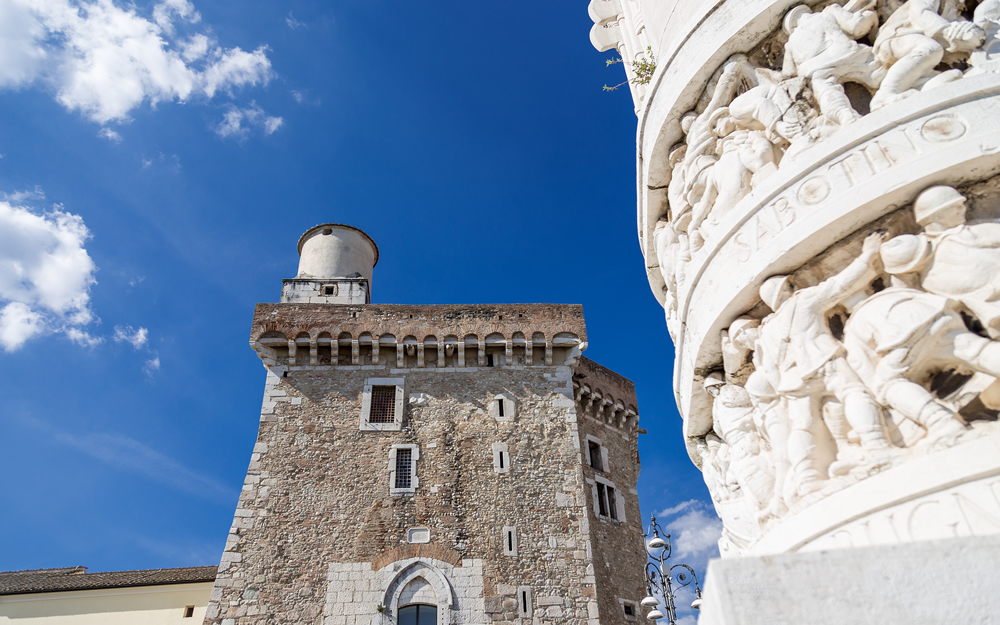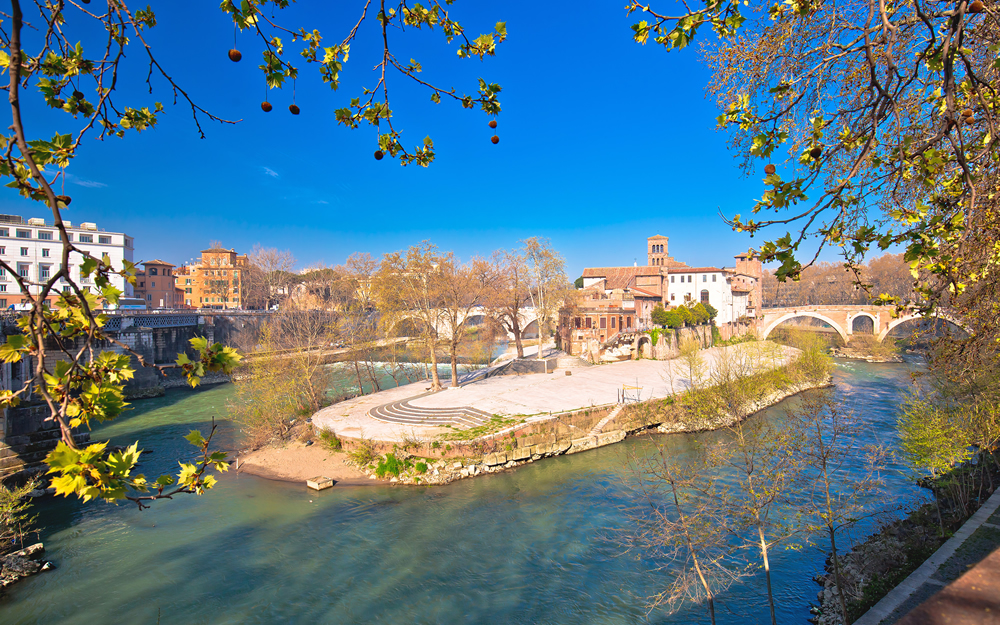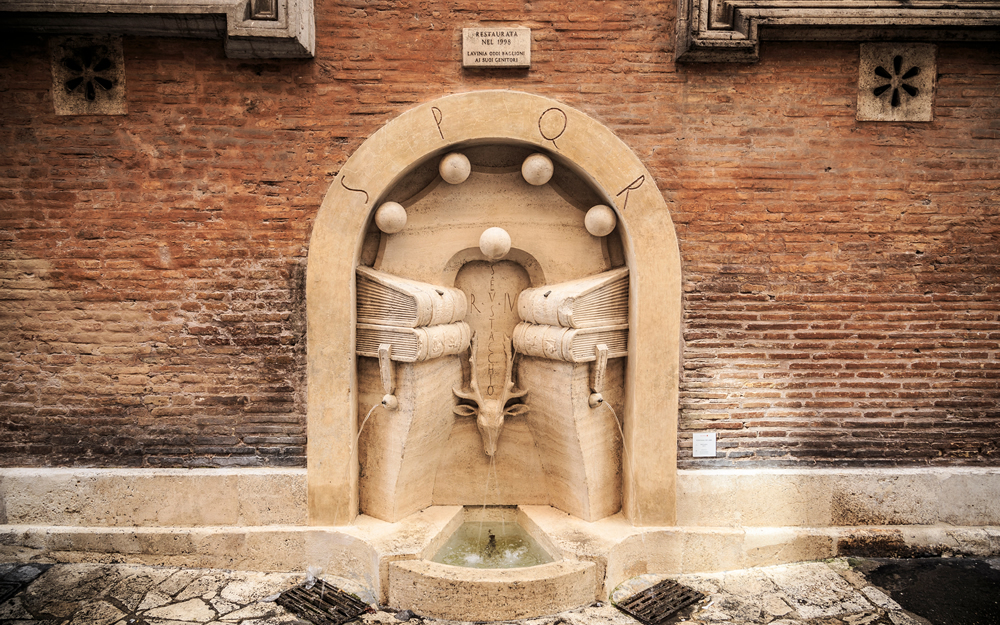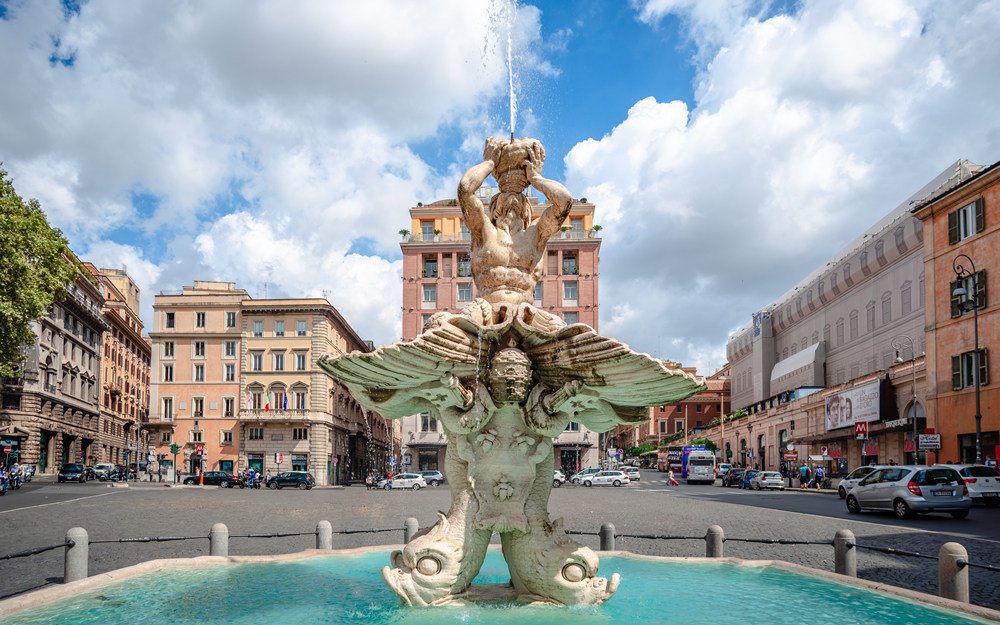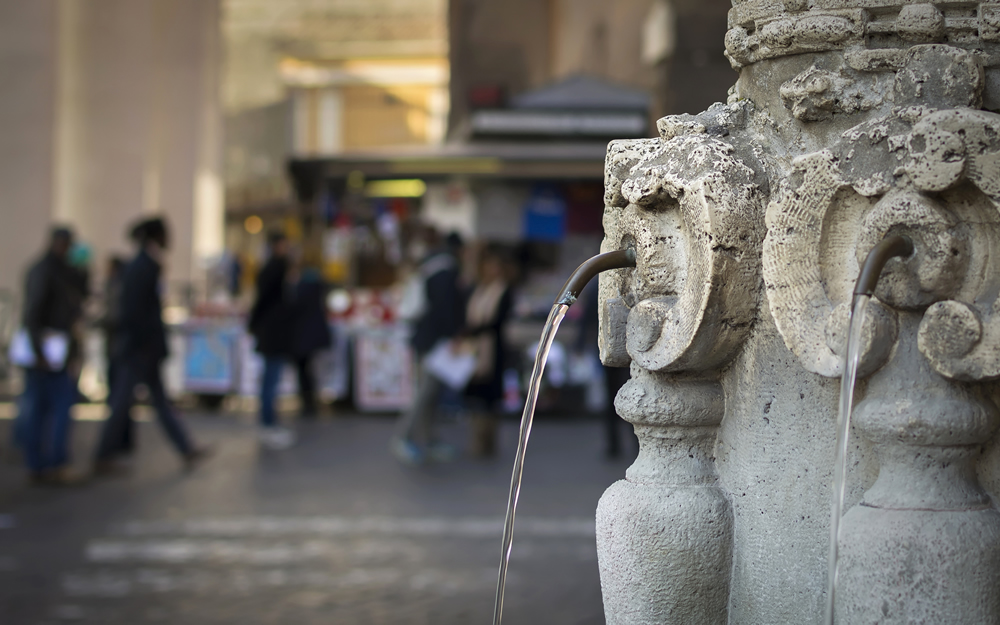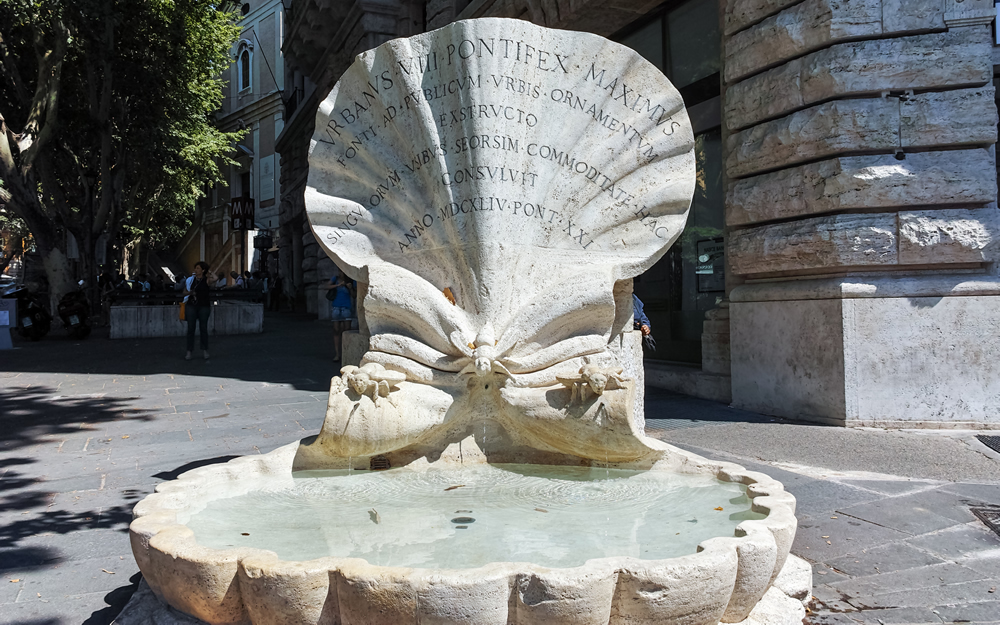- Home /
- Voice from the city /
- The 3 fountains of Piazza del Popolo: history and curiosities
The 3 fountains of Piazza del Popolo: history and curiosities
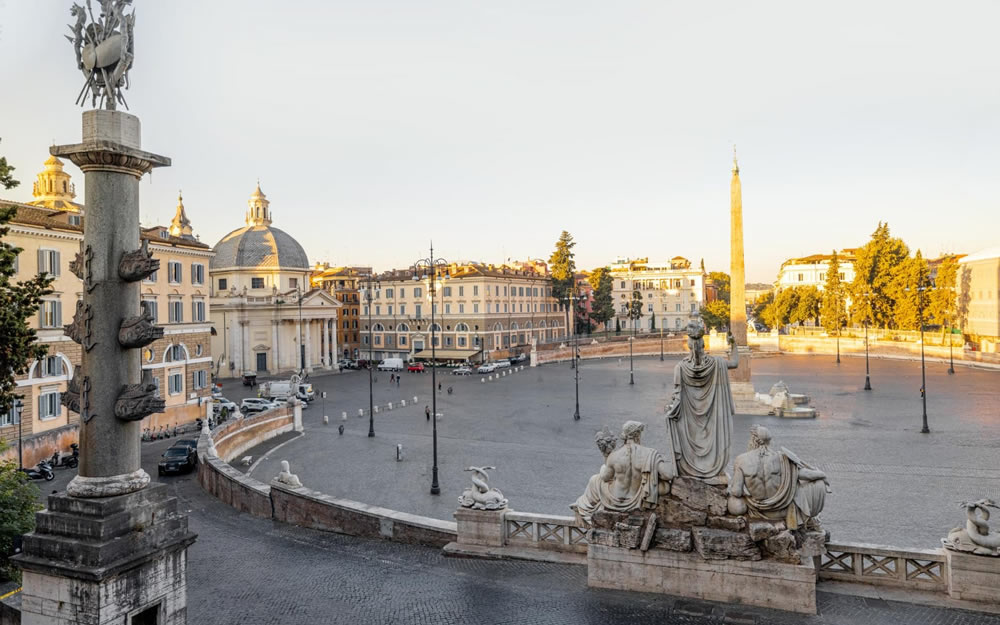
When Via del Babuino, Via di Ripetta and Via del Corso join up, you will find Piazza del Popolo: one of the most popular areas among tourists, right in the historic Centre of Rome.
In Roman times, Piazza del Popolo was considered the main entrance of the city and was part of Nero's family gardens. Today it hosts numerous and invaluable monuments, some of the most beautiful in Rome, including the fountains built by Valadier in 1823 and other sculptors.
The three fountains in one of the most beautiful squares in the world
Within the boundaries of Piazza del Popolo, there are three fountains, designed by architect Giuseppe Valadier and illustrious artists of the time that accompanied the area through its urban transformation: the fontana dei Leoni, also known as the fontana dell'Obelisco, and the two lateral ones la fontana del Nettuno and the fontana della Dea Roma, in the centre of the two hemicycles.
La fontana dei Leoni
The redevelopment of the whole Piazza del Popolo is thanks to Giuseppe Valadier. Before Valadier's work, a fountain designed by Giacomo della Porta in 1572 stood in the centre of the square, before being moved to Piazza Nicosia and replaced by an obelisk, ordered by Pope Sixtus V in 1589. Some time later, during the '600, the Twin Churches of Piazza del Popolo were built.
On the occasion of the redevelopment, the fontana dei Leoni was built in the centre of Piazza del Popolo: four travertine pyramid basins surround the Flaminio Obelisk, protected by four marble lions, with jets of water gushing from their mouths, falling into the pools below.
La fontana della Dea Roma
On the slopes of the Pincio, in the centre of the Eastern semicircle, we find the fontana della Dea Roma, which is in a directly opposite that of Nettuno.
Designed by Valadier and sculpted by Giovanni Ceccarini, its name
derives from the armed Dea Roma, supported by two seated figures
symbolizing the Aniene and the Tiber, the
city's two rivers. Right under the Goddess, the
She-Wolf of Rome nurturing Romulus and Remus, the eternal
representation of the city, was carved. Instead, at the bottom there
is a semi-circular travertine marble pool above where a basin
collects all the water poured from above.
A stunningly beautiful sculptural group.
Fontana del Nettuno
Fontana del Nettuno is also called the Calderai fountain, because of its position near the Vicolo dei Calderari or Calderai, a street full of small workshops, artisans and crockery vendors.
Initially, the project of 1574 only provided for the construction of a drinking trough that Giovanni della Porta realized in ancient blocks of pink marble of Chio, also used for the doorposts of Saint Peter's Holy Door.
Around the middle of the '600, it was replaced by a large basin that we can still admire today. The artist’s intention was to adorn the fountain with mermaids and masks to recall the fontana del Moro, built by Bernini, and build two twin fountains, a project that was not completed. After a competition in 1873 won by two sculptors, the City dedicated the fountain to the god Neptune: the central figure was commissioned to Antonio della Bitta, while the side ones to Antonio Zappalà. They outstandingly depicted Neptune fighting with an octopus, surrounded by eight lateral groups of aquatic creatures such as seahorses, dolphins and nereids.
A feat to be admired in all its glory! I f you want to explore the most beautiful water routes in the capital or discover all the curiosities about the majestic fountains of Rome consult the Acea Waidy Wow map!



